In case you haven’t noticed, the old fashioned, family-owned lumberyards are nearly extinct. If you still have one in your area, feel fortunate. For most of us, the closest home improvement store is the only source for purchasing wood, which can be daunting for those new to DIY. Here are some tips to help you on your next visit.
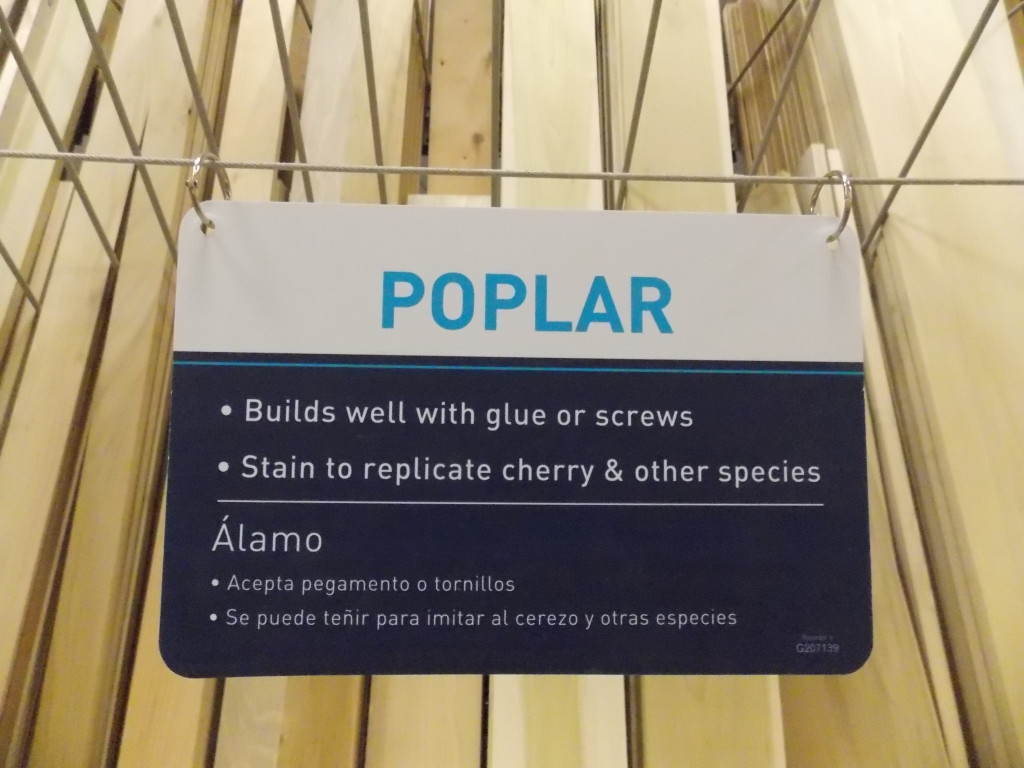
What to Expect
Home improvement stores are not going to have a wide assortment of wood species, especially not high-grade hardwoods, such as cherry, walnut, maple or mahogany. For those woods, you will have to find a specialty woodworking store. At most big box stores you can expect to find pine, oak, poplar, birch and fir.
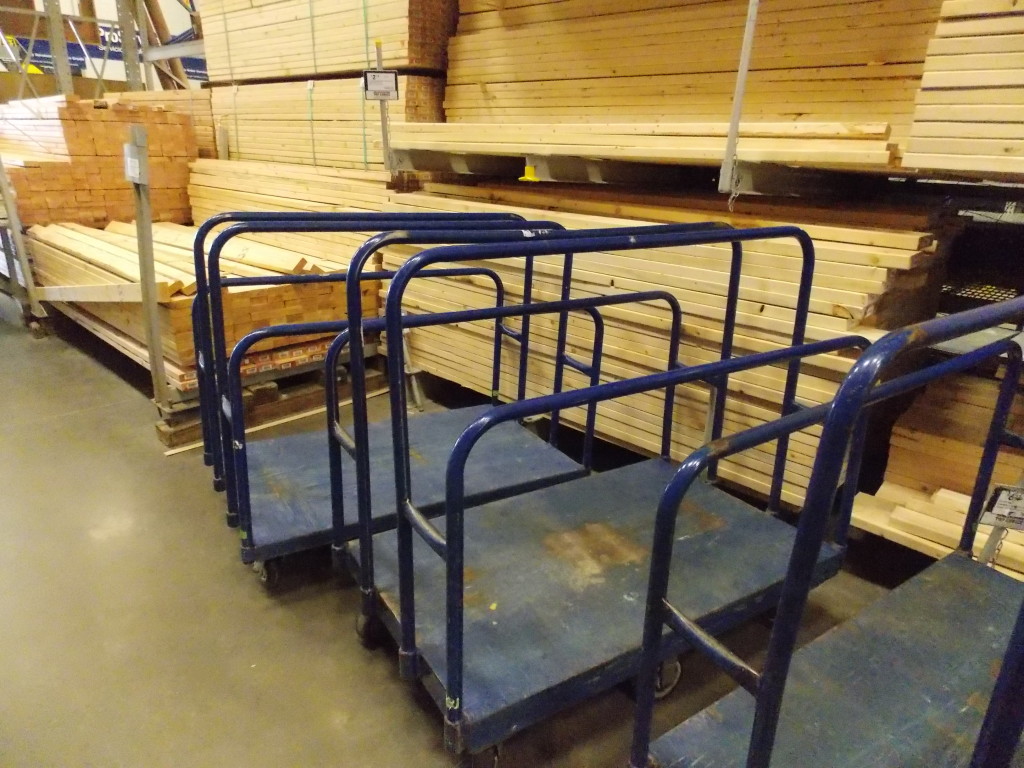
Come Prepared
Be sure to come knowing what type and quantity of wood you need. Bring a tape measure and a pair of gloves for handling the wood. And you better measure your vehicle to make sure it will all fit!
 Size of Boards
Size of Boards
Wood has shrunk to the point where a 2” x 4” board is closer to 1.5” x 3.5” by the time it reaches the store. Bring your plans and measure each board before you buy it.
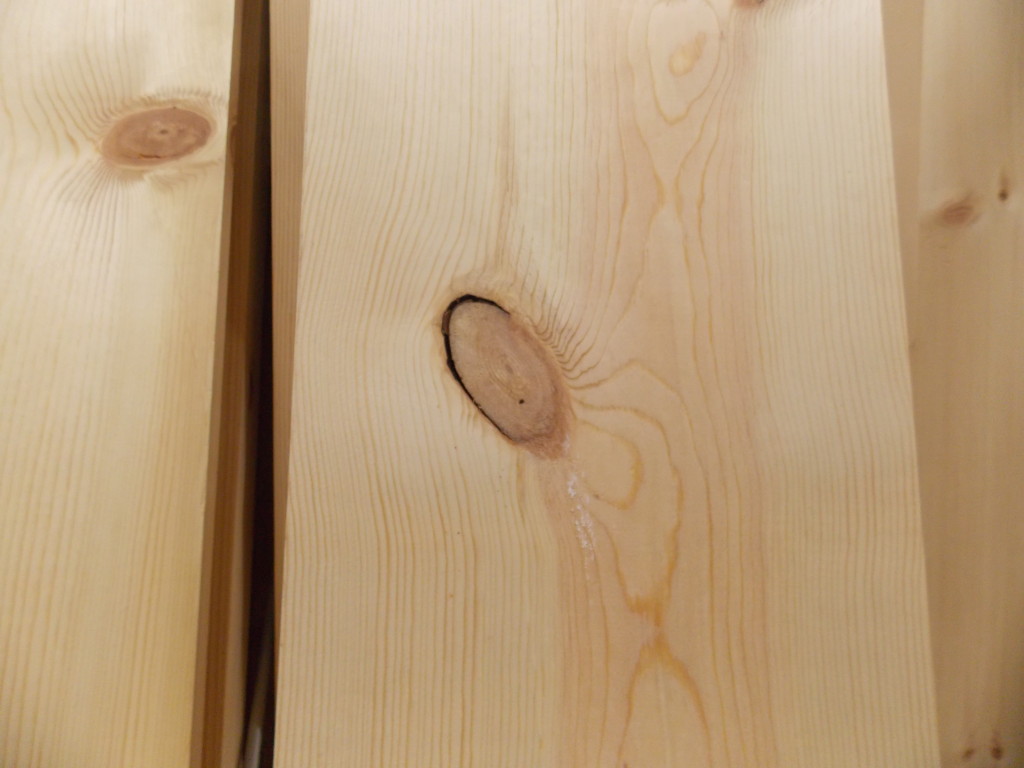 Grades of Lumber
Grades of Lumber
Regardless of the species, wood is priced according to flaws. Construction grade, sometimes called #3, will be loaded with knots, some with actual knot holes. For that reason, it is the cheapest, least attractive, and least prone to accept a stain and finish evenly. Wood with only a few tight knots is considered #2 grade (shown above). Slightly more expensive, it still does not absorb stain well around the knots, even after one or two coats of Minwax® Pre-Stain Wood Conditioner. Prime #1 grade is considered clear of flaws and is both the best and the most expensive, regardless of the type of wood.
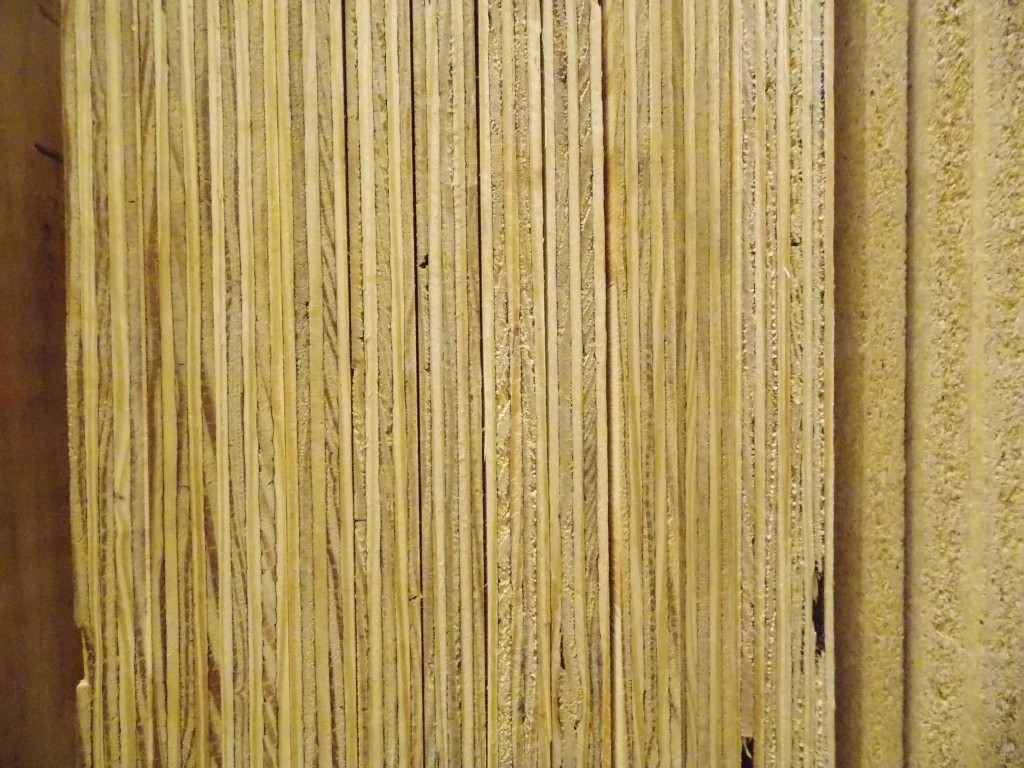 Beware of Plywood and Particleboard
Beware of Plywood and Particleboard
Plywood (shown above) is composed of thin layers of wood glued together. It is primarily used for construction, but you can find oak, birch and other hardwood plywoods. They are expensive, do not stain as evenly as solid wood, and you have to cover the exposed edges with strips of wood or veneer to hide the layers.
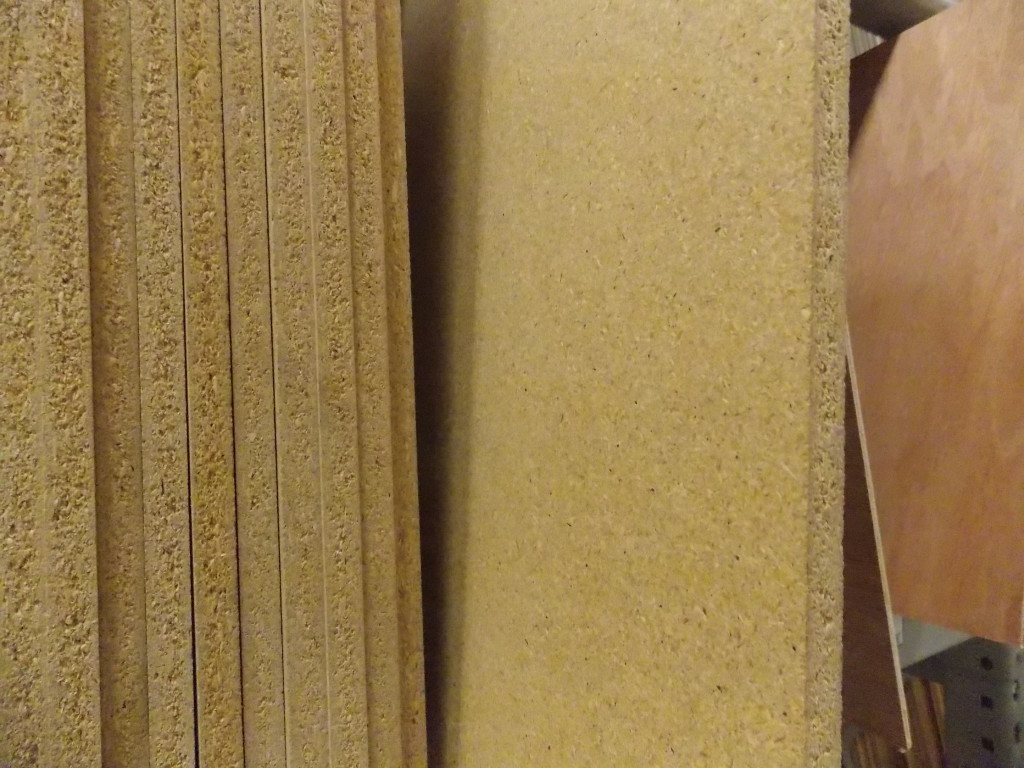 Particleboard (shown above) is sawdust or shredded wood chips mixed with glue. It, too, is used for construction, although manufacturers of shelving and some furniture top it with a layer of veneer. Be aware that particleboard bends under weight, such as in bookcase shelves. It also cannot be stained, breaks under stress, doesn’t hold screws well and crumbles when wet.
Particleboard (shown above) is sawdust or shredded wood chips mixed with glue. It, too, is used for construction, although manufacturers of shelving and some furniture top it with a layer of veneer. Be aware that particleboard bends under weight, such as in bookcase shelves. It also cannot be stained, breaks under stress, doesn’t hold screws well and crumbles when wet.
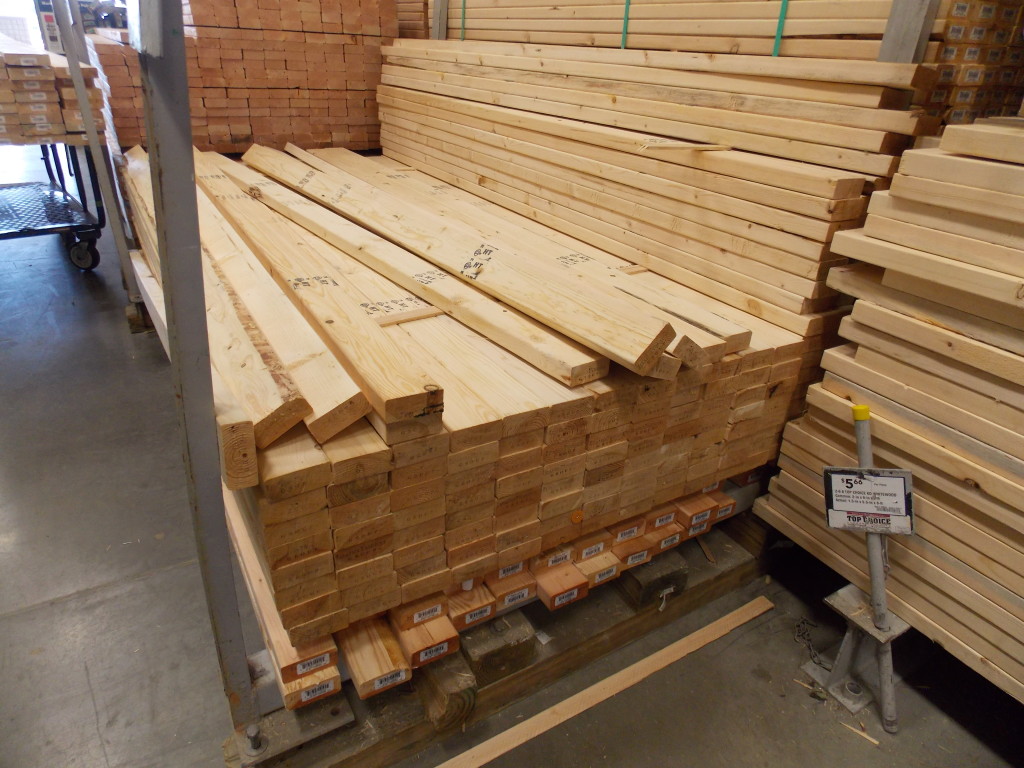 Be Picky
Be Picky
I was buying eight-foot lengths of 1”x6” tongue-and-groove cedar recently, and at $20 per board, I was not going to just take the top boards in the stack. And I was not going to feel guilty for picking out the best boards. In most cases the boards on top have already been rejected by someone ahead of you, so pull them out, put them aside, and dig down to find the best boards that no one else has picked over. Avoid those that are warped, twisted, badly stained, and cracked!
BUT — be polite and return your rejects to the pile.
And remember, you don’t have to finish all your boards, just the ones you want to last.
Until next time,
Bruce
Be sure to check out Minwax’s new “Made With Love. Finished With Minwax.” campaign currently going on. The theme is ‘Find. Finish. Love.,’ celebrating the thrill of finding real wood pieces – sometimes in the least expected places – and the joy of making them into something we love.



